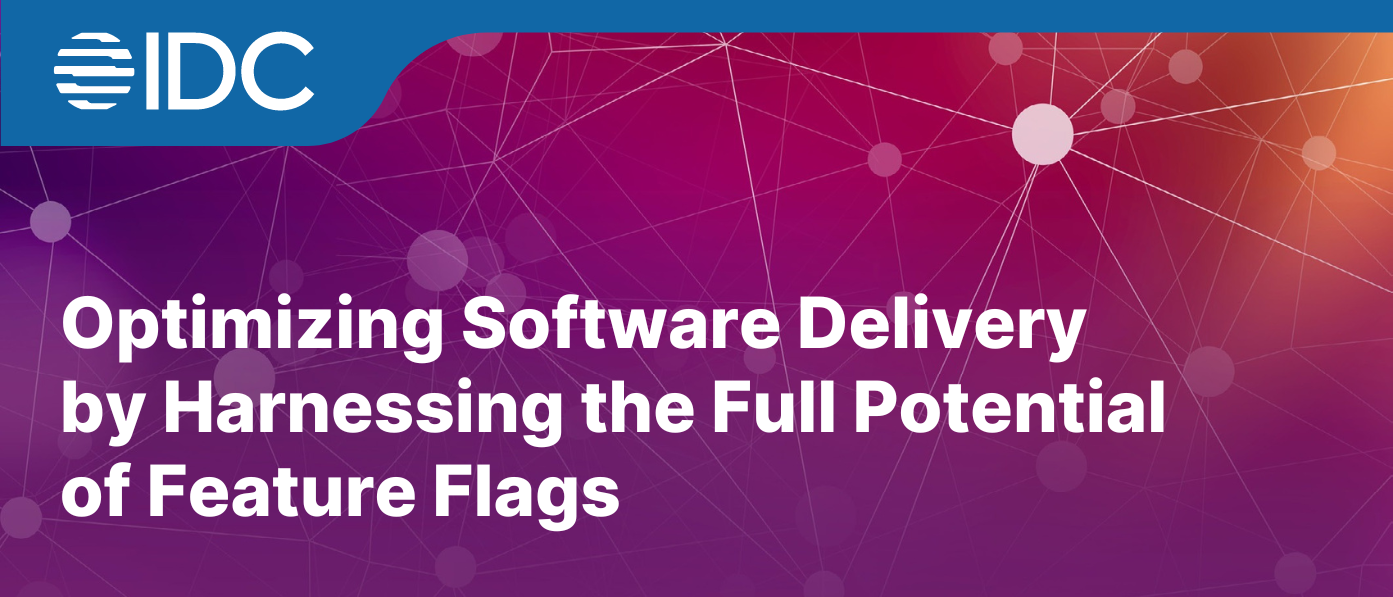Note: Bitrise Insights is an add-on. You must have a Bitrise account to access both Bitrise Insights and, by extension, Git Insights.
As the demand to create engaging user-centric apps intensifies, mobile development team managers and product leaders are under increasing pressure to streamline operations and identify inefficiencies within their orgs. Things like team morale, better app store optimization (ASO) rankings, and swift app validation are central to their success, and by extension, the success of their business.
Today, Bitrise is proud to present Git Insights, a new feature within Bitrise Insights. This feature is designed to boost Git collaboration, enhance productivity, and improve code quality. Using pivotal DORA metrics, such as cycle time and deployment (or merge) frequency, Engineering Managers, Team Leads and Product Managers can now monitor team performance in real-time and identify areas of improvement.
The problem teams today have
Gaining a comprehensive understanding of a mobile dev team’s efficiency is frequently challenging due to the absence of metrics such as code contribution, code review efficiency, and deployment frequency. Without these metrics, managers depend on peer word-of-mouth, performance reviews, and platforms like Lattice to gauge individual performance.
Moreover, team leaders resort to a mix of spreadsheet tracking, third-party tools, custom dashboards, and code review instruments to track individual performance. These methods often fall short, providing fragmented insights and room for human error due to manual data entries and the challenge of juggling multiple tools.
The solution: Git Insights
Git Insights addresses these challenges by focusing on two core DORA metrics in its initial rollout: cycle time and merge frequency. These metrics offer real-time data to identify and address inefficiencies before they escalate.
Cycle time offers insights into developer and review durations, revealing the time taken from the initial commit to production release (deployment). Metrics like first response time within cycle time can spotlight ‘dead time’ zones, streamlining processes.
Merge frequency represents how often code merges (integrations of code changes) occur within the development lifecycle of your app, emphasizing metrics like PR merges to the main branch and App Store submission and release frequencies.
Bitrise Insights is a central hub for CI/CD analytics. Integrated deeply into the Bitrise CI/CD platform, Bitrise Insights is the holistic solution for Mobile DevOps needs. Leveraging Git Insights within Bitrise Insights enables smoother Git collaboration and unblocks the development pathway.
The basics: Accessing Git Insights
To access Git Insights, sign into Bitrise. When logged in, navigate to Insights in the top menu bar, and then click on Git in the left menu, under Explore.
After selecting Git, you can toggle between ‘Cycle Time’ and ‘Merge frequency’ to view the respective metrics.

Data for both Cycle Time and Merge Frequency can be filtered by individual apps, or be viewed collectively, from the All applications dropdown menu.

Cycle time
When selecting ‘Cycle Time,’ you will see information on the latest 20 commits presented with individual development and review times in the top graph.
In the ‘Breakdown’ section, you can view the cycle time for each app, displayed in the bottom graph. A shorter cycle time indicates a more efficient and streamlined development process. In contrast, a longer cycle time may highlight stages within the development lifecycle that are causing delays, such as extended development or review phases.
This insight helps in pinpointing areas where processes can be optimized, such as by automating repetitive tasks, fostering better collaboration among team members, or providing additional training or resources to improve productivity.
Note that App breakdown is contingent upon webhook settings. If App breakdown is not visible to you, you can access the settings to enable them here.

In ‘Cycle Time’, you can also view data related to PRs (Pull Requests), specifically the time it takes from the first commit to the opening of a PR. A shorter time frame here usually indicates that developers are working efficiently and that the development process is well-organized.
Longer development times can spotlight inefficiencies. This may suggest several things: perhaps the development process requires streamlining, or it could indicate that developers might benefit from additional resources, assistance, or training. Monitoring these times can be instrumental in identifying and addressing these issues, ultimately leading to a more efficient development cycle.

Merge Frequency
When selecting ‘Merge Frequency’, data for specific durations is showcased (top graph), along with merge frequency per app (bottom graph).
Similar to Cycle Time above, you can analyze the merge frequency for each individual app in the ‘Breakdown’ section, displayed in the bottom graph. A higher frequency of merges is generally indicative of a dynamic and agile development process, where small increments of code are integrated more regularly.
Conversely, a lower merge frequency may indicate a more cautious integration approach, longer feature development cycles, or potential bottlenecks in the code review and testing processes.
This metric is crucial for understanding how your team collaborates and how quickly your codebase evolves. It aids in identifying potential improvements in your development workflow, such as adopting or enhancing Continuous Integration (CI) best practices, adjusting team policies towards smaller and more frequent code integrations, or streamlining your testing and quality assurance stages.

In ‘Merge Frequency’, you can also view data related to PRs, calculated as the time it takes from the first commit until the PR is merged. This is divided into development time (from the first commit to PR opening) and review time (from PR opening to PR being merged back into the target branch). A shorter duration in Cycle Time suggests a well-tuned development pipeline where new features and fixes are swiftly and efficiently incorporated into the mainline.
On the other hand, extended development or review times may signal areas that need attention. Lengthy development times can indicate complex feature implementations or possibly a need for better task breakdown and management. Prolonged review times could point to a need for more streamlined quality assurance processes or faster feedback loops from reviewers.

For Engineering Managers, Team Leads and Product Managers
By closely monitoring these metrics, Engineering Managers, Team Leads and Product Managers can pinpoint exactly where delays are occurring and take action to address them.
“Our vision is simple: to enhance the way teams work together, fostering a smoother, more productive development journey,” says Kaushal Vyas, Product Manager at Bitrise. “Git Insights is the key that unlocks an insightful approach to collaboration. With the ability to effortlessly measure cycle time and merge frequency of their pull requests, teams can now navigate their projects with newfound clarity and efficiency.”
Bitrise users – access Git Insights for free
Existing Bitrise customers not yet using Bitrise Insights can begin with Bitrise Insights for free today. Explore our tiered pricing packages here or chat to our team to dive deeper into Git Insights on Bitrise.
Discover more about Bitrise Insights’ Git Insights feature in our Devcenter.
We value your feedback and insights, Share your thoughts at Discuss with us. Your insights drive our commitment to continual improvement.

